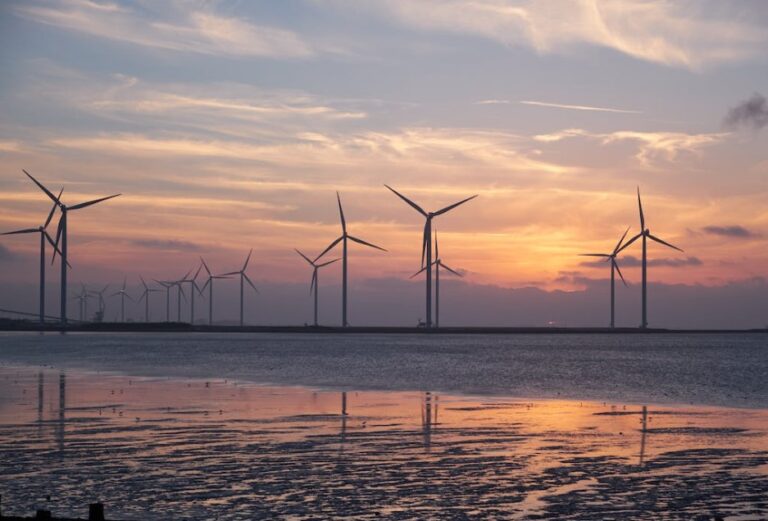In German there is a special word for cold, cloudy, windless days: Dunkelflaute. From a meteorological point of view, the combination may seem unremarkable, but in a world that seeks to replace fossil fuel energy with renewable power, Dunkelflaute can mean disaster.
Table of Contents
The path of the transition to renewable energy
Inadequate weather conditions are one of the main brakes on the development of renewables. If we take Berlin’s own example, although in 2018 Germany managed to produce enough renewable energy to cover 100 percent of its daily electricity consumption, five years later the average share of renewables in its energy mix is expected to be 46 percent.
The intermittency of solar and wind power is a problem that will have to be addressed quickly if the government is to confirm its target of 80 percent by 2030.
And that’s not all. The use of electricity is expected to increase significantly in the coming years as people abandon gasoline cars and gas heating for electric versions in an effort to reduce carbon emissions. So the challenge becomes even more complex since, according to the Clean Energy Transition Advisory Board, decarbonizing the transport sector in Germany will involve 2.5 times more energy consumption than today
Why “sector coupling” is so important
A first step in hitting the target is “sector coupling,” or ensuring that supply and demand are aligned. Based on the current infrastructure, once the share of electric cars in Germany reaches 30 percent, the country could experience widespread blackouts if electricity supply and demand are misaligned.
That’s why the idea behind sector coupling aims to ensure that the use of electricity is as matched as possible to its production. This means not charging all electric cars at the same time. But scheduling charging to coincide with times when there is less demand for power from other sectors (such as industry or home heating) and weather conditions are favorable for green power production.
The role of batteries
In the context of sector coupling, car batteries could also be used to store energy for use elsewhere, especially during periods of low production and high demand.
It is true that a car battery can store only relatively small amounts, but acting together, millions of cars can create significant grid support. The same principle can apply to home heating, another area targeted for electrification under the Green Transition plan.
Currently, homes are heated mostly in the evenings during cold periods, and when gas is used, this is hardly a problem. But when more households use electric heat pumps to heat their homes, the sharp surge in demand in the evening hours will have to be managed judiciously.
For example, scheduling heat pumps at different times and storing heat for later use could avoid overstressing the grid at the same times of day.
Challenges for logistics and legislation
A new generation of companies is taking a much more digital approach to the energy sector, which should ease the transition to smart meters, critical to enabling sector coupling.
Convincing people will pose a further challenge, as experts expect strong resistance from consumers to being told when to turn on their heating or when to recharge their cars.
It should be said, however, that,as more and more households install their own solar panels, they may be more inclined to manage the production and use of their own energy, channeling excess production into their car or heating system rather than selling it back to the grid, where some of the energy would be lost.
But the challenges for the future energy transition do not stop there. Changes will need to be made to allow for flexible energy pricing, and if the new systems are successful, sector coupling could allow for maximized use of renewable electricity and reduce excess power generation, creating more stable grids.
Read also: Exploring the 7 largest solar fields worldwide: what is their contribute to green energy production












